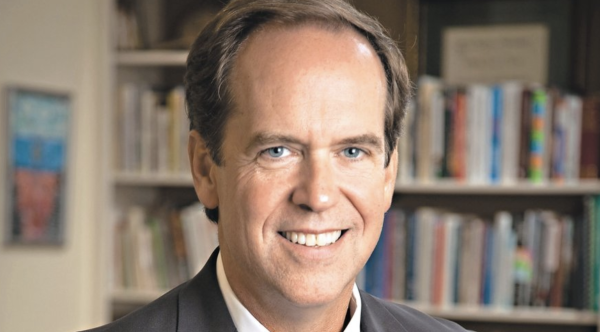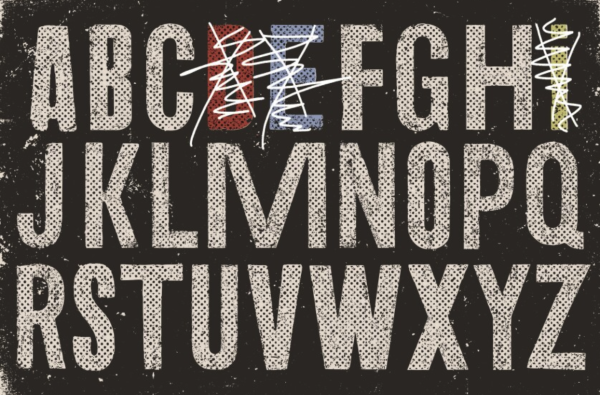Students glean insight from civil rights museum
After eight years of construction and $75 million in expenses, the National Center for Civil and Human Rights opened to the public on June 23, 2014. Located in downtown Atlanta, the museum houses three major galleries: one focusing on the American civil rights movement, one dedicated to Martin Luther King Jr., and one focused on the human rights struggle worldwide. Through their JanTerm courses, many students had the opportunity to visit the museum and participate in its interactive exhibits. Let My People Go: The Impact of the Bible on the Modern Civil Rights Movement; Painting with a Purpose: The History and Practice of Painting; and Science & Medicine: The Impact of Race, Culture & Economics are some of the courses that visited.
“I personally really enjoyed the design of the museum,” said Sang-Jin Lee, a senior that took Painting with a Purpose. “The information was presented in a way that was really accessible since there were a lot of really cool interactive videos and cool spaces. It gave a new perspective to a lot of things that I already knew about protests, and it also gave me a deeper appreciation and understanding of them. It’s really just a much more immersive way of learning, and it made [the movement] feel more real and impressive.”
Atlanta holds a particular significance in the civil rights movement and the molding of the United States, and the National Center for Civil and Human Rights focuses on documenting that.
“The center is a very unique expression of the plight of civil rights in the United States and some of the tragedies and triumphs that have occurred as well as an expression of the imminent work that still has to be done,” said Reverend Ricardo Bailey, who teaches the course Let My People Go.
The first floor of the museum focuses on some of the more treacherous and yet inspiring aspects of the movement. One of the most highly acclaimed exhibits is the interactive consul, where individuals can immerse themselves in the experience of being a student in a sit-in. The chairs move in a way that makes it seem as though the participant has been kicked, and using headphones, a person hears some of what may have been said to such a protester.
“Something that impacted a lot of our class was the simulation,” said senior Jennifer Doan. “By having you sit there and put on the headphones and hear all the voices and feel people kicking your chair, it put you into their shoes and made you realize what they were going through. I probably wouldn’t have been able to sit there and just take all the punishment that [the students] were receiving. That was definitely really emotional and powerful.”
The floor dedicated to Martin Luther King Jr. chronicles his many contributions to the movement and even his death.
“It’s not just a ‘look through the glass barrier’ type of museum,” said Sarbeth Fleming, a teacher of the JanTerm course Let My People Go. “There’s one picture where they actually show the custodial worker at the hotel cleaning up the blood after Martin Luther King Jr. was shot and killed. So, [the scene] is not a pretty picture where you see him sitting on the balcony [right before he’s shot], the picture that a lot of people see. There’s actually a person behind him that has to go and clean up the blood. One of my students explained how that was a very powerful picture.”
The museum aims to tie in the events of the civil rights movement with human rights struggles worldwide. It attempts to contextualize some of the events of the movement and draw a parallel to what is happening in the world today.
“I think the most impactful was the one on the third floor because that was modern civil and human rights,” said junior Sydney Vortice. “I knew that there was child labor in other countries, but I didn’t know how much of it there was. I think that’s really messed up. You can’t have children doing the work of slaves. They’re supposed to be out enjoying their childhoods, and [in the pictures] they were making products that children in America use like soccer balls, and iPads, and chocolate. How tortuous would that feel, having to make these items knowing that you live in a society where you’ll never get to play with them?”
According to the center, its mission is to “empower people to take the protection of every human’s rights personally.”
“It was so informative and very insightful and eye opening,” said senior Kerrie Greene. “Seeing some of these things, I could feel myself beginning to sweat or tear up. It gave me more of a reason to speak out about certain things and go voice my opinion.”




